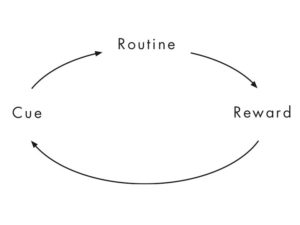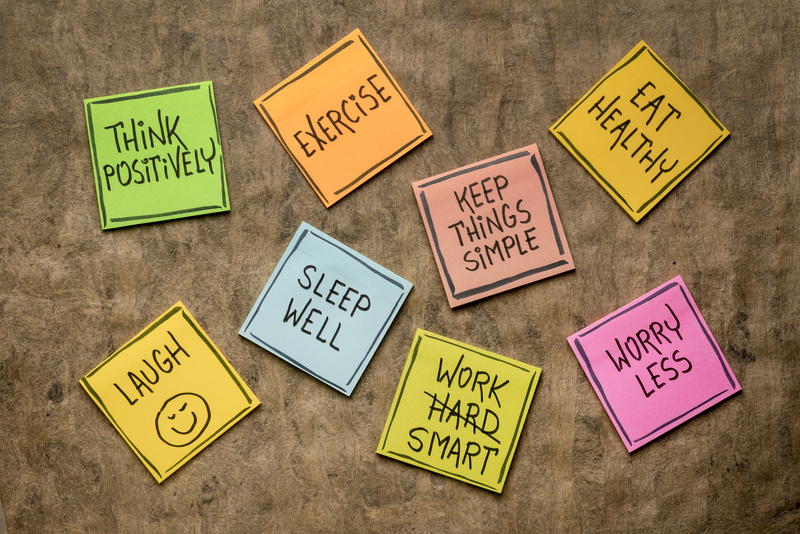When you begin to feel stress in your day, how does your mind respond? Do you crave a sweet treat or perhaps a walk or run outside?
The brain plays a much bigger role in our healthy lifestyles than we typically give it credit. Our desires don’t surface at random — they are created over time through consistent actions.
It’s important to recognize that our habits are learned behaviors. Eating one bad meal doesn’t create an unhealthy lifestyle; it’s the repeated behavior that puts us on a continuous loop. As we dive into the desire to be healthier, we must look at the different parts of our habit loops and examine what happens in the brain when a new situation presents itself.
When your brain enters a new situation, it goes straight into problem-solving mode. Neurological activity is strong during this time because you are consciously deciding how to act. The brain is busy learning the best course of action through trial and error. You may stumble upon a solution that gives you a reward, such as one that reduces the amount of stress in your body.
Once you find a desired path, your brain now has a suggestion of how to seek that same feeling the next time you face a similar situation. This is called a habit loop, and these loops are like stored shortcuts. They require less neurological stimulation each time the habit is performed. On the plus side, this functionality opens your brain up for other decisions or processes — but it is also the reason habits are so hard to break.
Referring back to the first paragraph, both choices (craving a sweet treat vs. going on a walk/run) create the same reward: a dopamine release that lowers the stress hormones in your body, making you feel good. Both options are small decisions, but, over time, each can have a very different impact on your health.
It is important to identify and understand the impact of these decisions because they have the potential to create or sabotage your success. As habits develop, your brain learns how to lock in on the cues that lead you to your shortcut. This creates your process for handling various situations. It takes much more attention and focus from the brain to carry out a new action than it does to follow a habit loop that already exists.
While many may focus on using willpower or goal setting, understanding your habit loops can be extremely beneficial to building your success.

The habit loop works off three steps: cue, routine and reward.
When you attempt to break an old habit, take a moment to recognize your cues. If you want to lose weight, and you notice you eat too many sweets, instead of cutting out sweets cold turkey, take a moment to reflect on the habit loop at play. How are you feeling when you reach for your sweet treat? Is it around the same time every day? Noticing the cues that create your craving can be vital in your success.
Say you were to recognize your cue is stress. You can then rebuild the habit loop in your brain by using trial and error to select different routines that will give you a similar reward. Since this habit loop may have been practiced for years or decades, don’t get discouraged if it takes more than a handful of tries to break the habit. Just like your previous routine, it is going to take practice, focus, and trial and error to find success.
On the opposite side of the spectrum, remember this process when building a new habit. Taking a moment to identify your cue and reward will help you establish a routine. For example, when you are trying to incorporate exercise into your day, giving yourself a cue will help you begin to build your habit loop.
An example of a cue is your morning alarm. After hearing this cue, get dressed and start working out. The routine can be a run or walk and then the reward is feeling accomplished, more focused and refreshed to start your day. At first, this routine may take a lot of thought, focus and preparation, but after practicing it, your brain will shut off and go into autopilot, allowing less effort to take the initial step to get started. Over time, you will notice yourself craving the workout in the morning because it’s what you are used to.
Whether you are trying to build a new habit or break an old one, recognizing and understanding the habit loop can be a beneficial tool on the journey to a healthier you!
by Lauren Scotti

